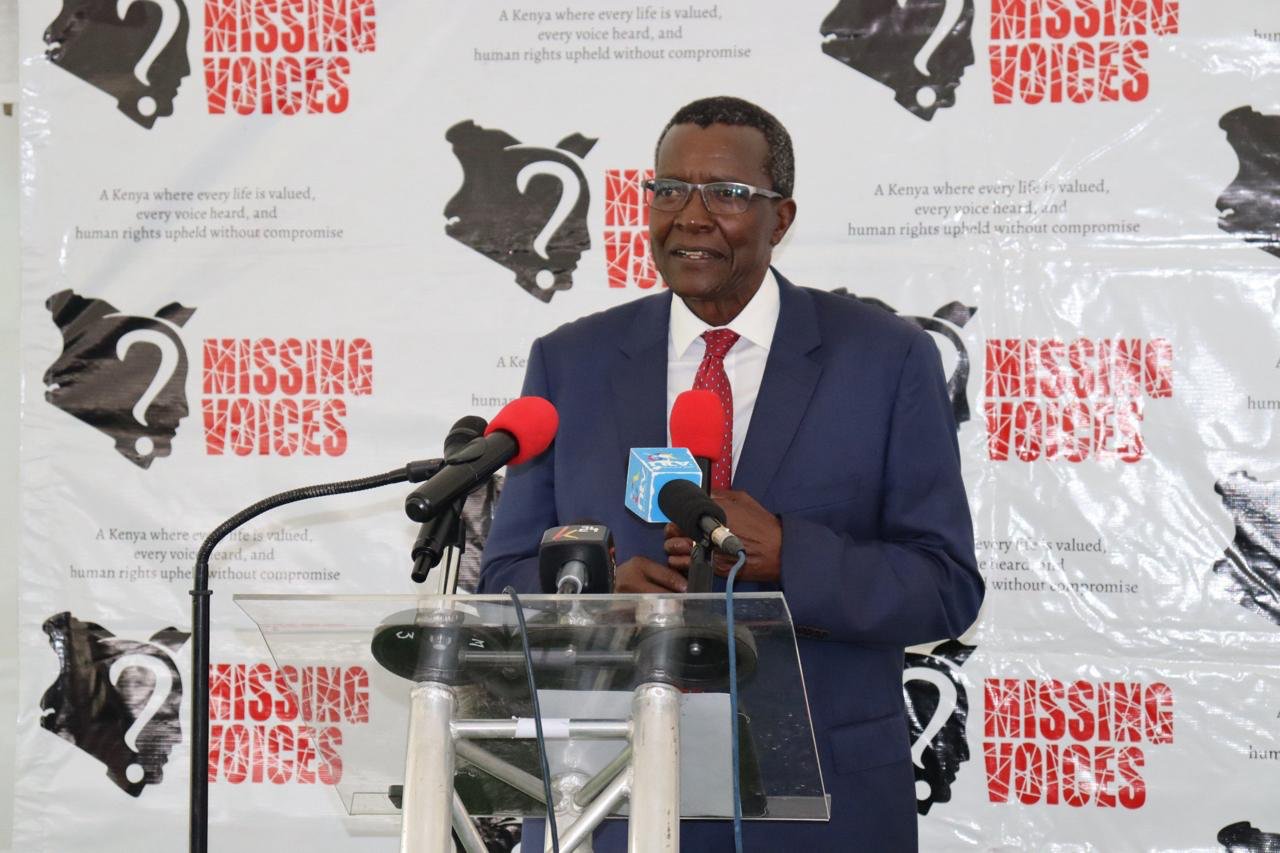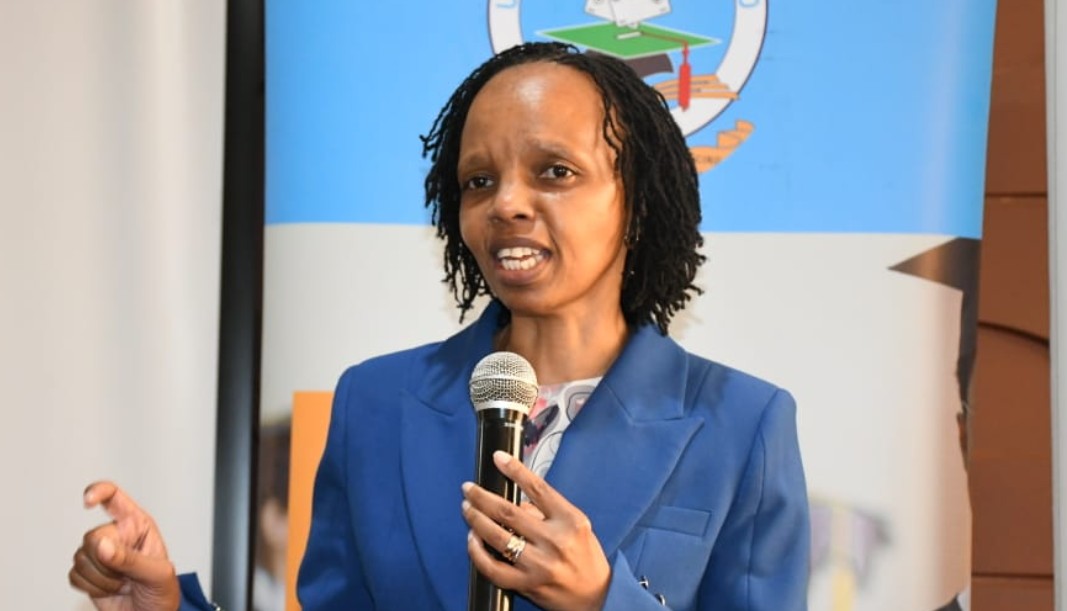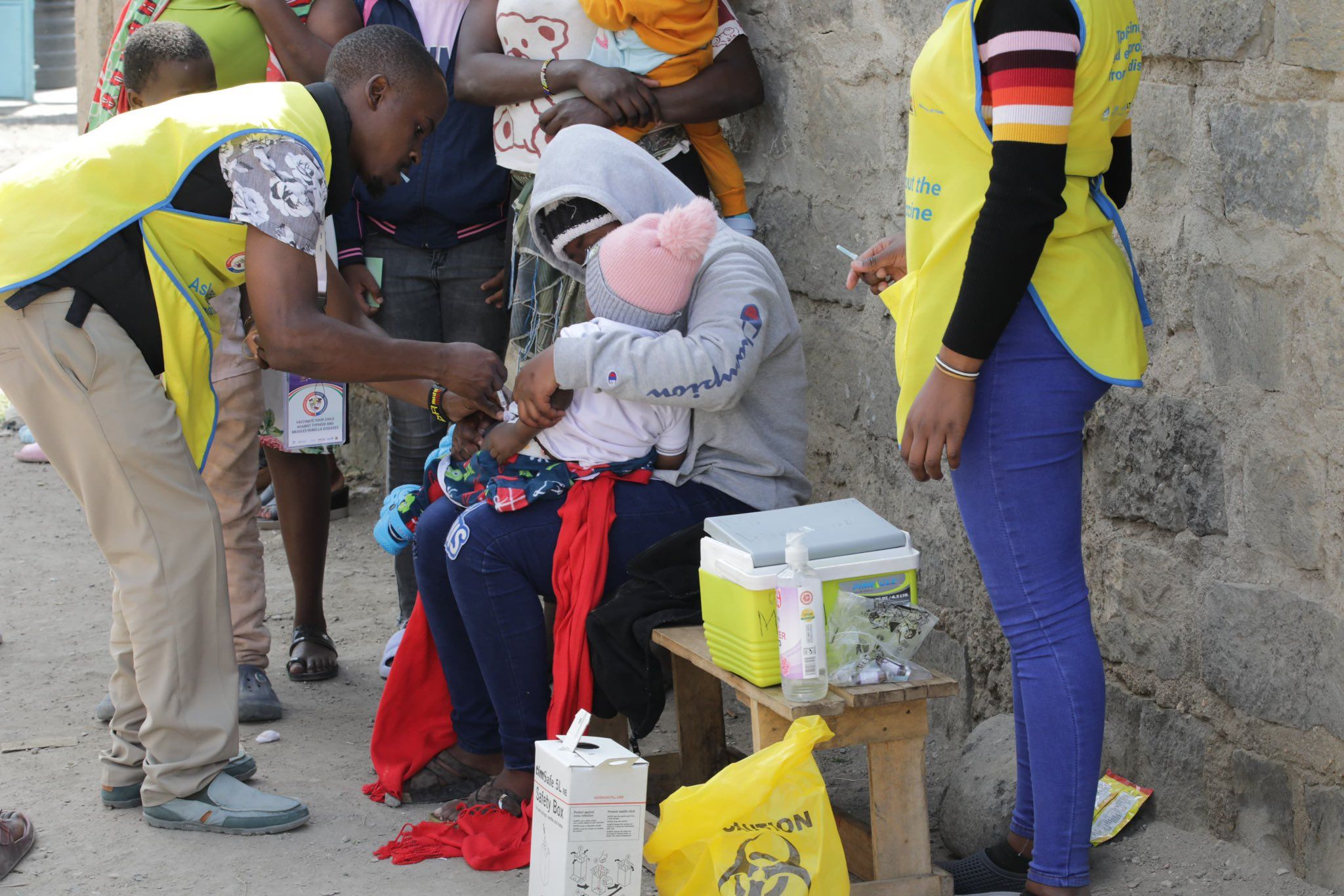Imminent famine in northern Gaza is ‘entirely man-made disaster’ - UN chief Guterres
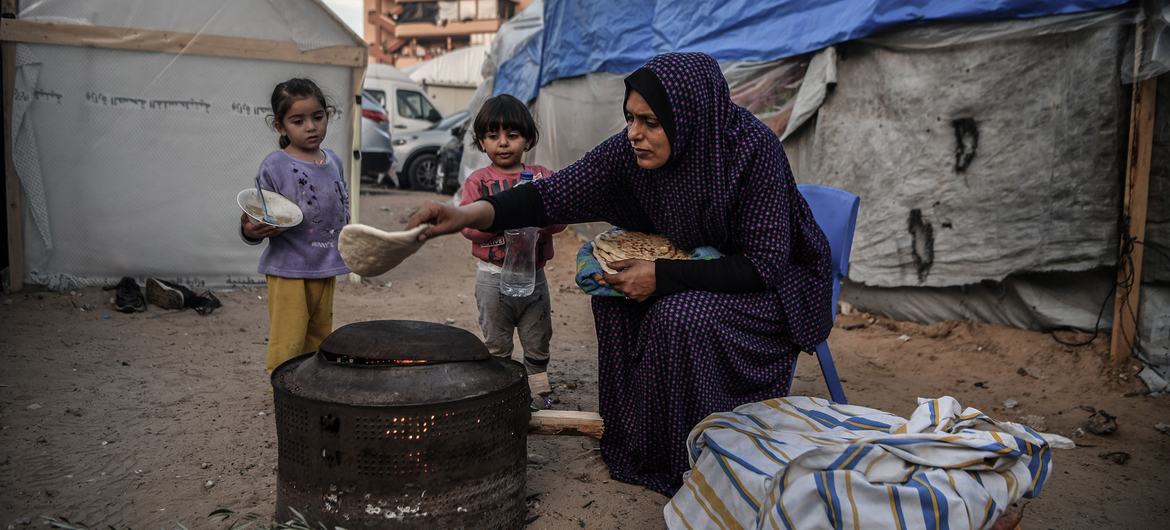
UN Secretary-General António Guterres said Palestinians in Gaza are enduring horrifying levels of hunger and suffering.
Amid reports that the Israeli military stormed Al-Shifa Hospital in Gaza City on Monday in search of Hamas fighters, UN humanitarians warned that new food insecurity data indicates that famine could happen “anytime”.
“Famine is projected to occur anytime between now and May 2024 in the northern governorates,” the UN Food and Agriculture Organization (FAO) said, upon publication of a new Integrated Food Security Phase Classification (IPC) report on Gaza.
More To Read
- Amnesty demands release of Gaza solidarity activists detained in Egypt
- Letter from Mideast: "I fear not death, but dying unseen" - Gaza journalists as witnesses, targets
- UN limits fuel stock in Gaza to life-saving efforts, urges Israel to allow fuel in without delay
- UN chief ‘appalled’ by worsening Gaza crisis as civilians face displacement, aid blockades
- 613 killed near Gaza aid outlets as hospital is overwhelmed by injured patients- UN
- Death toll from Israel strike on Gaza cafe rises to 34: sources
‘Act now to prevent the unthinkable’
“Palestinians in Gaza are enduring horrifying levels of hunger and suffering”, said UN Secretary-General António Guterres outside the Security Council in New York, describing the IPC report as an "appalling indictment of conditions on the ground for civilians".
“This is the highest number of people facing catastrophic hunger ever recorded by the Integrated Food Security Classification system – anywhere, anytime,” he added.
“This is an entirely man-made disaster, and the report makes clear that it can be halted,” he warned, saying this showed the need for an immediate humanitarian ceasefire.
“Palestinians in Gaza are enduring horrifying levels of hunger and suffering” – UN Secretary-General António Guterres
— UN News (@UN_News_Centre) March 18, 2024
“We must act now to prevent the unthinkable, the unacceptable and the unjustifiable”
Read more ⤵️https://t.co/0A43LYlodJ pic.twitter.com/BDm471tN0n
“I call on the Israeli authorities to ensure complete and unfettered access to humanitarian goods throughout Gaza and for the international community to fully support our humanitarian efforts.
"We must act now to prevent the unthinkable, the unacceptable and the unjustifiable."
Meanwhile, in response to the unfolding situation at Al-Shifa, UN World Health Organization (WHO) Director-General Tedros Adhanom Ghebreyesus insisted that “hospitals should never be battlegrounds.”
The lives of medical workers, patients and civilians were at stake, the WHO chief warned, adding that “minimal” health services had only recently been restored at Al-Shifa.
The Integrated Phase Classification (IPC) forecasts are compiled from on-the-ground assessments which humanitarians then use to respond to the most at-risk individuals.
Data indicates that the “entire population” of Gaza – some 2.3 million people – are enduring high levels of “acute” food insecurity. This includes 1.11 million suffering from “catastrophic” food insecurity - IPC Phase 5.
Grim hunger data
Compared to the last IPC analysis in December, acute food insecurity in the Gaza Strip has “deepened and widened”, FAO noted, with 79 per cent more Gazans likely “sliding into catastrophic levels of hunger” from mid-February to mid-March and 92 per cent more expected to do so between now and July.
“If no steps are taken to cease hostilities and to provide more humanitarian access, famine is imminent,” said FAO Deputy Director-General Beth Bechdol.
“It could already be occurring. Immediate access is needed to facilitate delivery of urgent and critical assistance at scale.”
Skipping meals
The IPC report noted that virtually all households now skip meals every day in Gaza. Adults have reduced their meals so that children can eat.
“In the northern governorates, in nearly two-thirds of the households, people went entire days and nights without eating at least 10 times in the last 30 days,” FAO said, adding that in these locations, one in three children under the age of two is acutely malnourished.
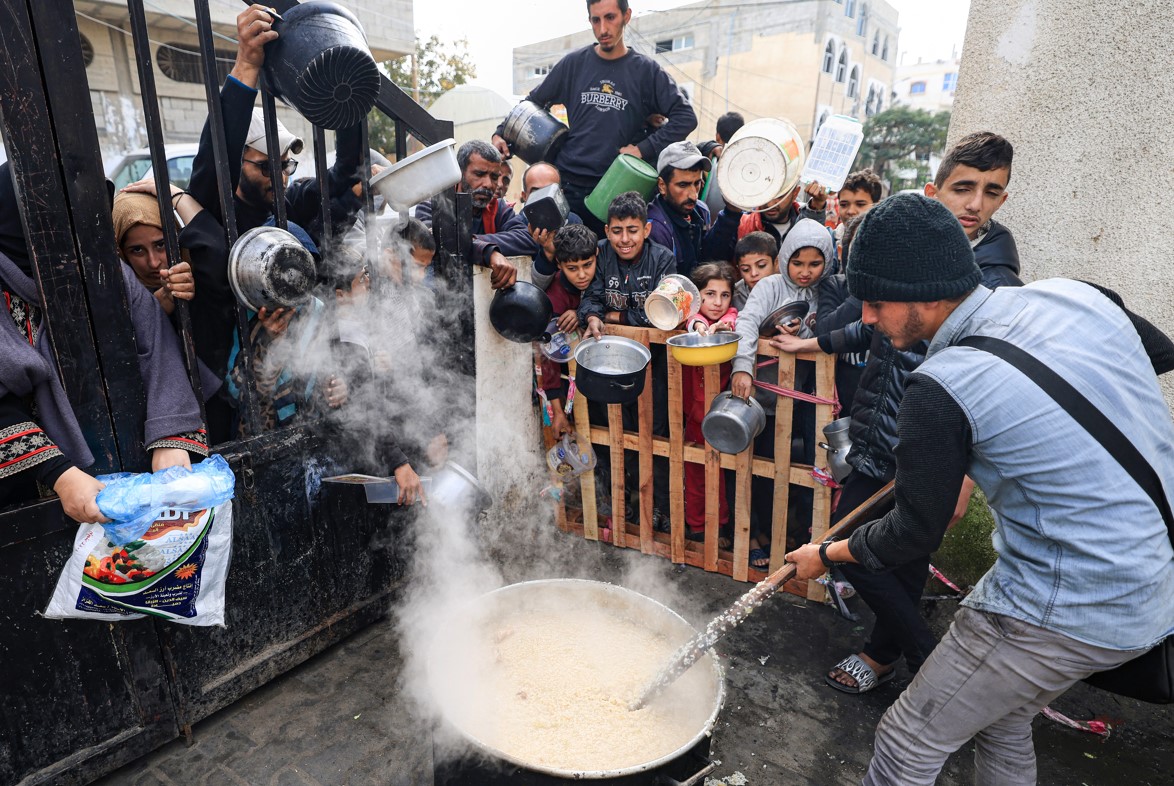 Palestinians wait to collect food at a donation point in a refugee camp in Rafah in the southern Gaza Strip on December 23, 2023. (Photo: Mahmud HAMS/AFP)
Palestinians wait to collect food at a donation point in a refugee camp in Rafah in the southern Gaza Strip on December 23, 2023. (Photo: Mahmud HAMS/AFP)
Continuing international efforts for a ceasefire and the release of Israeli hostages were due to continue on Monday with the delayed arrival of Israeli negotiators in Qatar, reports indicated.
Rafah alert
In a social media post at the weekend, WHO chief Tedros expressed grave concern that preparations were continuing for an Israeli ground assault on Rafah, the southernmost city in Gaza, where well over one million people have sought shelter in packed conditions.
“(A) further escalation of violence in this densely populated area would lead to many more deaths and suffering, especially with health facilities already overwhelmed,” Tedros wrote on Saturday.
“The 1.2 million people in Rafah do not have anywhere safe to move to...Many people are too fragile, hungry and sick to be moved again. In the name of humanity, we appeal to Israel not to proceed and instead to work towards peace.”
No end to bombing
Amid intense Israeli bombardment of Gaza, FAO noted that hostilities had halted supplies of water, food and fuel. All food-related sectors had “collapsed”, the UN agency continued, including vegetable production, livestock production, fisheries and aquaculture.
On the day new data is out on famine in #GAZA, the Israeli Authorities deny my entry to Gaza.
— Philippe Lazzarini (@UNLazzarini) March 18, 2024
-Famine is imminent in the northern Gaza Strip, expected to arrive between now and May.
- Two million people= the entire population of Gaza is facing crisis levels of food insecurity…
Around 60 to 70 per cent of meat- and dairy-producing livestock in Gaza have been either killed or prematurely slaughtered to meet the dire food needs stemming from the conflict.
To help Gazans, FAO has mobilised to provide key agricultural supplies into the Strip “as soon as conditions allow”. The organization said that its initial priority was to move animal feed, including 1,500 tonnes of barley, “through one or two of the remaining open border crossings where food distribution is taking place”.
This barley delivery “should be sufficient to provide milk for all children under 10 years of age in Gaza”, FAO said, noting that it would amount to around 20 per cent of recommended calories for children.
The UN Children’s Fund (UNICEF) warned that life-threatening malnutrition is “spreading fast” and reaching unprecedented levels “due to the wide-reaching impacts of the war and ongoing restrictions on aid delivery”.
Echoing those concerns, the UN’s top aid official, Martin Griffiths, told a humanitarian forum in Brussels on Monday that the United Nations and its partners were suffering from “an age of war in which reaching for the gun is increasingly the first option…an age in which the UN, for example, is prevented from doing its job and then criticized for not doing enough; we see this in Gaza”.
'The aid is there, right across the border'
At the same meeting, Natalie Boucly, Deputy Commissioner-General of the UN Agency for Palestine Refugees (UNWRA), insisted that it remained the “backbone” of humanitarian operations in Gaza.
UNRWA is key to humanitarian assistance in Gaza, she maintained, working with partners including the UNICEF – which had vaccinated 53,000 children since January in seven remaining UNRWA shelters – WHO, World Food Programme (WFP), UN migration agency, IOM, and other non-UN partners, “from the reception to the storage to the distribution of aid and the tracking, the reporting, the logistics, the fuel, the vehicles and the accommodation and the coordination with the Israeli authority”.
"The aid is there, right across the border. All we need is the political will to open more crossings to get the aid and distribute it across Gaza. We need a ceasefire," Boucly emphasised.
In a call for more aid crossing points into Gaza, the UNRWA official pledged to “scale up" assistance...if that environment was enabled.
"At the moment it is very difficult to operate,” she continued, pointing to the “trickle” of aid entering Gaza currently, currently at around 99 trucks a day.
Before the war, about 500 trucks delivered goods into Gaza daily.
“All the constraints around getting the aid in need to be eased, we need to have more stable communication (and) internet; all this has broken down,” she insisted.
Top Stories Today

